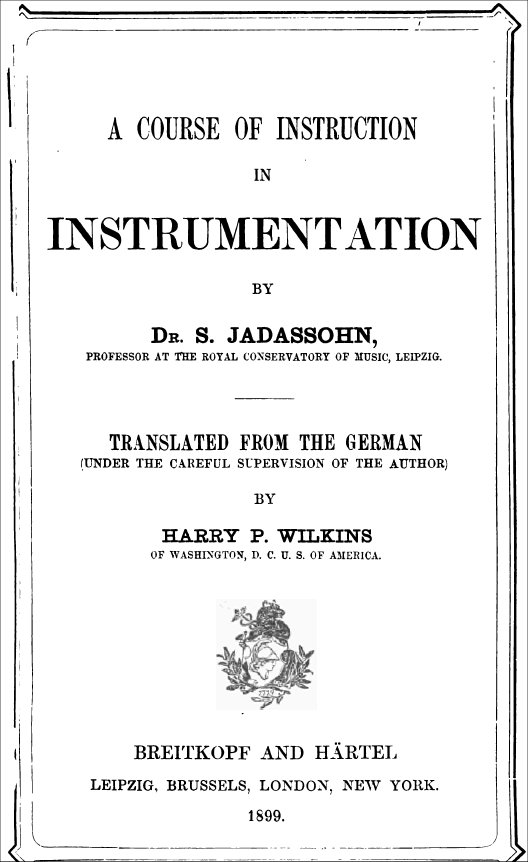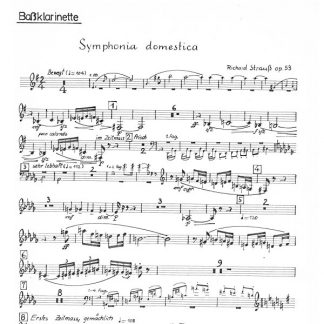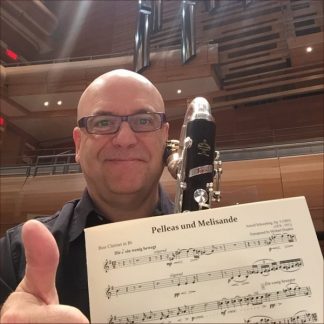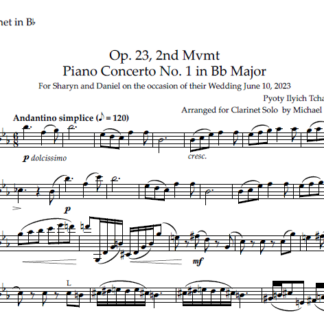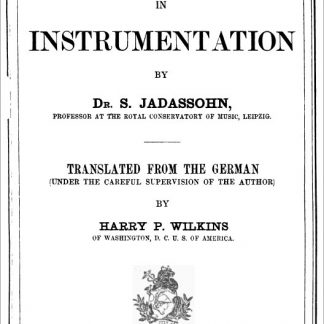Description
While hunting on the web for instruction on how to write a fugue, a colleague recommended this book, which I subsequently found in PDF form. It was translated from the original German into English by his student Harry P. Wilkins of Washington, D.C. Since it was published in 1889, it is in public domain.
What caught my attention was his excellent and detailed section describing the clarinet [starting on physical page 223], considering it was written over 128 years ago. Not only does he cover the entire clarinet family, but also orchestrational examples, ranges, tonal quality, transposition – even reasons in detail about why composers write for Clarinet in A instead of Clarinet in Bb.
Here is an interesting example from the beginning of the section on the clarinet:
The clarinet first came into common use in the last quarter of the previous century and derived its name from the Italian word “clarino” (trumpet): clarinetto (small trumpet) being the diminutive of clarino. Whether the first of these instruments possessed a tone similar to that of the trumpet, we are uncertain of the fact. The B-flat and A-natural clarinet which are employed in our concert and opera orchestras of the present day, have nothing resembling the tone of a trumpet.
He even describes the F Clarinet and A-flat Clarinet! All of this with scores with musical examples. If you have not seen this before, it makes for very fascinating reading – the section on clarinet is 26 pages long.
Although this can be found from different sources, I have included this on my website as a free download for your convenience.
